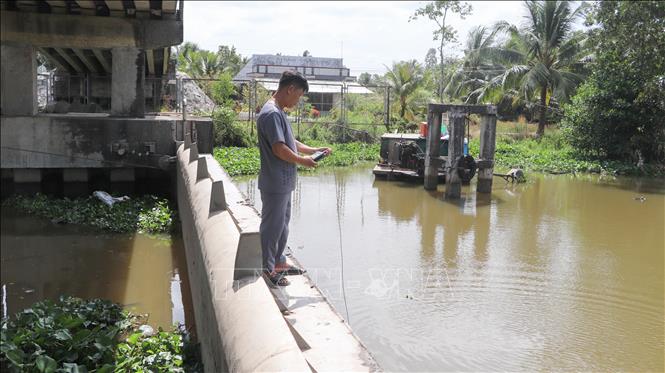 |
| Monitoring salinity concentration in the Mekong Delta. Photo: VNA |
Commenting on the trend of salinity intrusion in the Mekong Delta from May 1 to 10, the National Center for Hydro-Meteorological Forecasting said that salinity intrusion in the above area tends to decrease gradually until the end of the week. The highest salinity at the stations is approximately equal to and lower than the highest salinity in May 2024, according to VNA.
The depth of the 4‰ salinity boundary on the Vam Co Dong and Vam Co Tay rivers is 30 - 50km; on the Cua Tieu and Cua Dai rivers is 30 - 37km; on the Ham Luong river is 35 - 40km; on the Co Chien river is 30 - 35km; on the Hau river is 25 - 35km; and on the Cai Lon river is 25 - 30km.
Saltwater intrusion in the Mekong Delta estuaries tends to decrease gradually. Saltwater intrusion in the Vam Co and Cai Lon rivers only increased on May 1, then gradually decreased.
Salinity intrusion deep into rivers and canals will affect the lives and production of people in the area. Localities need to take advantage of storing fresh water during low tides to serve agriculture and people's lives, and at the same time limit irrigation to minimize production losses.
Experts recommend that people should plant seasonal crops that can withstand high salinity levels, change the breeding structure appropriately, and take careful care measures to limit damage caused by drought and salinity intrusion.
With areas growing fruit trees of high economic value that are not tolerant to salinity, people need to check the salinity concentration before watering.
In addition to storage and saving, people need to install saltwater filtration systems to ensure the best amount of water used for daily life and irrigation. Saltwater filtration systems are considered a measure to directly use the current saltwater source. Through the filtration system, the dissolved salt components in the water are treated, providing water with a reasonable sweetness. In particular, the filtered water can be used for direct drinking or irrigation for plants with low salinity tolerance.
For aquaculture households, it is necessary to monitor the salinity of the farming environment to determine the start and end time of farming in accordance with the current status of saltwater intrusion.
( According to thesaigontimes.vn )
Source: https://baoapbac.vn/xa-hoi/202505/xam-nhap-man-o-dong-bang-song-cuu-long-dang-giam-1041417/


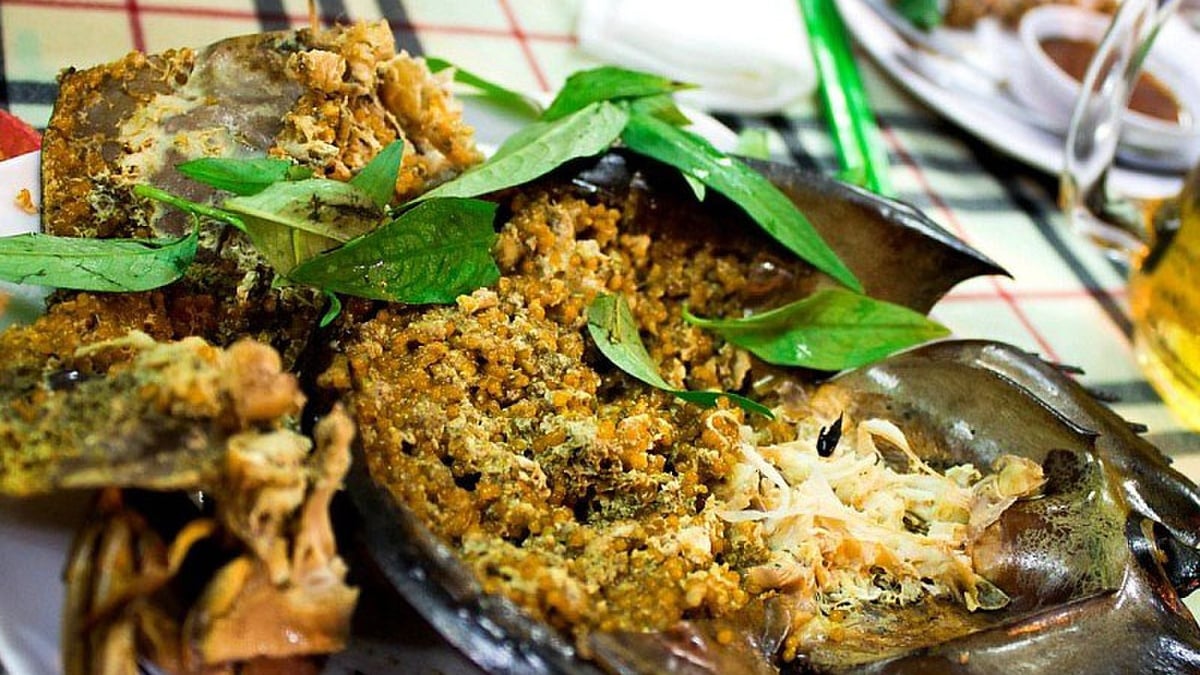
![[Photo] Binh Thuan organizes many special festivals on the occasion of April 30 and May 1](https://vphoto.vietnam.vn/thumb/1200x675/vietnam/resource/IMAGE/2025/5/1/5180af1d979642468ef6a3a9755d8d51)

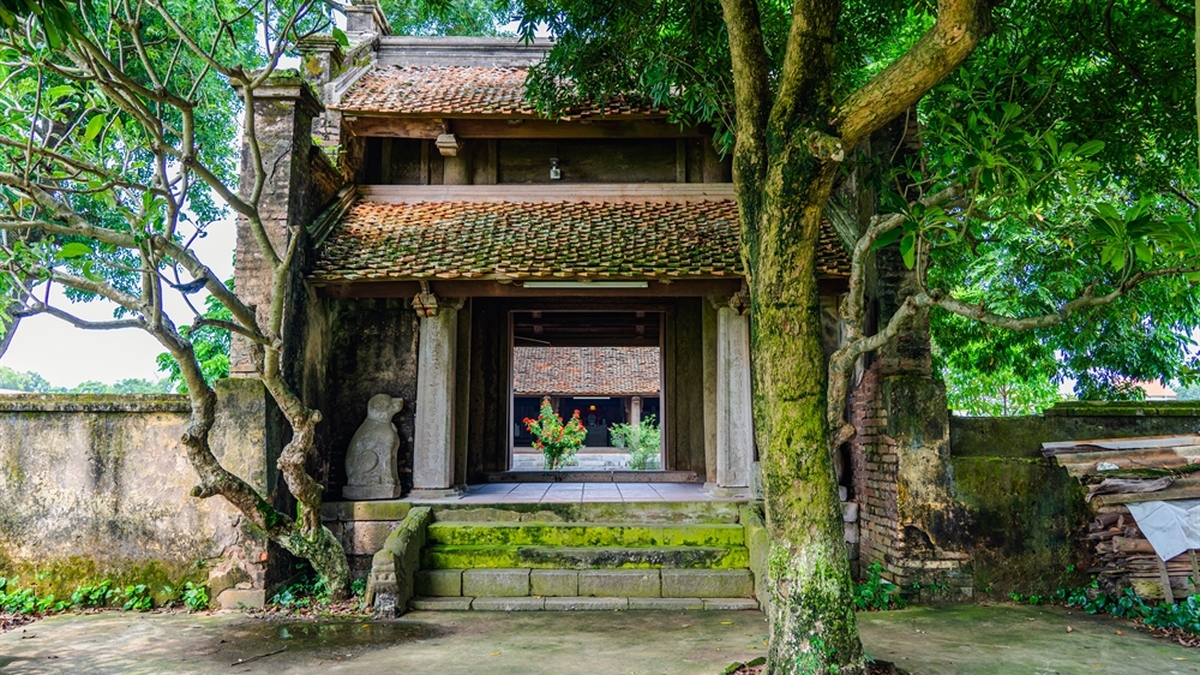
![[Photo] "Lovely" moments on the 30/4 holiday](https://vphoto.vietnam.vn/thumb/1200x675/vietnam/resource/IMAGE/2025/5/1/26d5d698f36b498287397db9e2f9d16c)
![[Photo] Ha Giang: Many key projects under construction during the holiday season](https://vphoto.vietnam.vn/thumb/1200x675/vietnam/resource/IMAGE/2025/5/1/8b8d87a9bd9b4d279bf5c1f71c030dec)
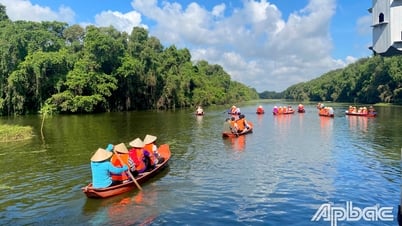



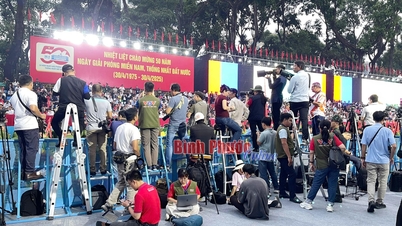






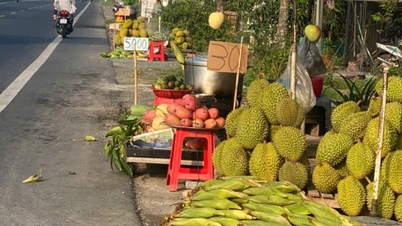

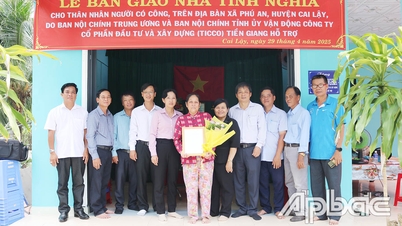











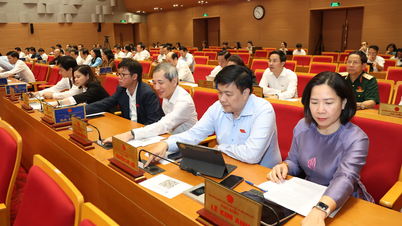

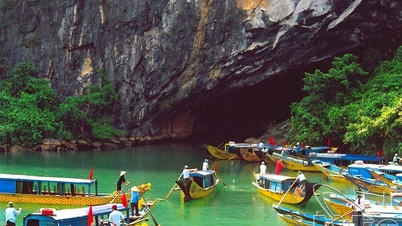




















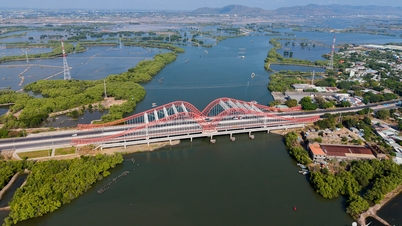




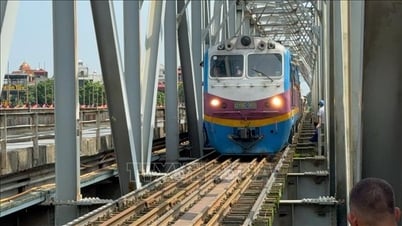














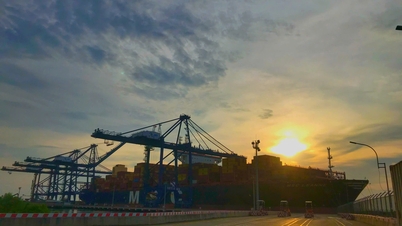












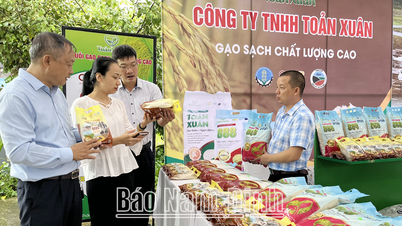



Comment (0)